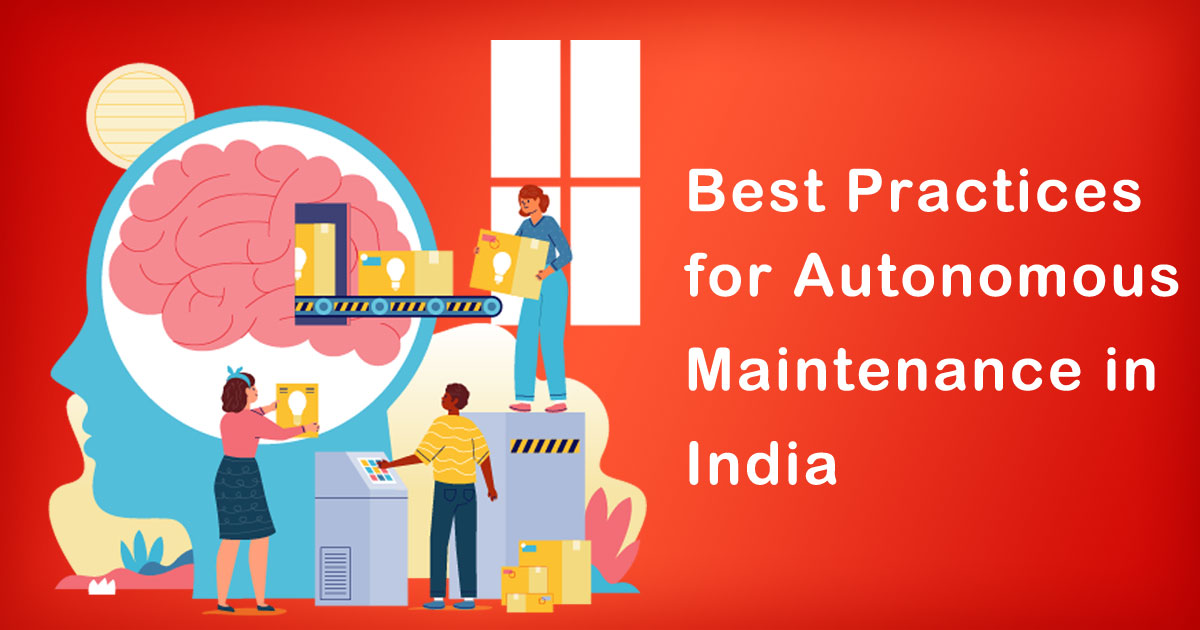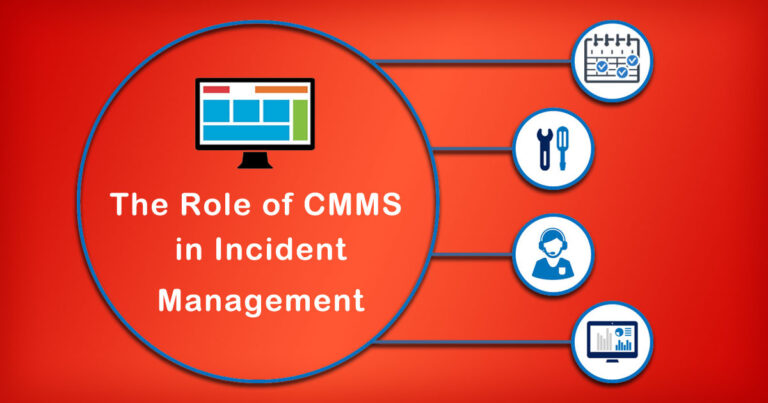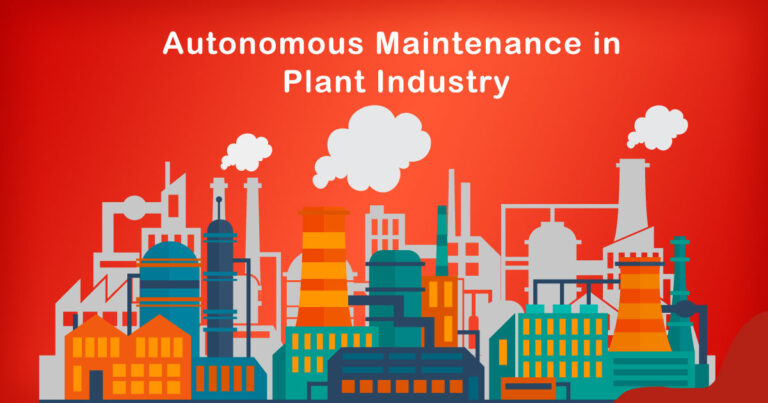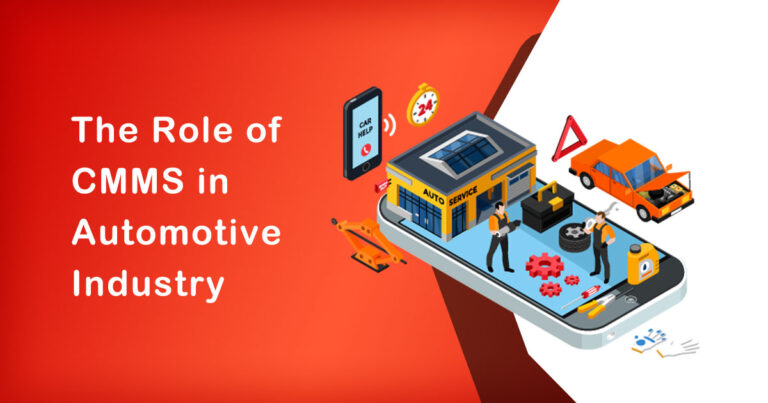Introduction
The concept of autonomous maintenance has gained significant traction in recent years as industries strive to improve their operational efficiency and reduce downtime. In India, with its rapidly growing manufacturing sector, implementing best practices for autonomous maintenance can play a crucial role in enhancing productivity and competitiveness. This article aims to explore the key aspects of autonomous maintenance in an Indian context and provide insights into the best practices that can be adopted.
Understanding Autonomous Maintenance
Autonomous maintenance is a proactive approach that empowers operators to take responsibility for the upkeep and basic maintenance of equipment and machinery. It involves empowering frontline workers with the skills and knowledge to perform routine maintenance tasks, conduct inspections, and detect and address potential issues before they escalate.
Best Practices for Autonomous Maintenance in India
1. Training and Skill Development:
Providing comprehensive training and skill development programs to the operators is vital for successful implementation of autonomous maintenance. This includes educating them about equipment operation, basic maintenance techniques, inspection methodologies, and problem-solving skills. By investing in training, companies can ensure that operators have the necessary expertise to carry out their maintenance tasks effectively.
2. Standardized Procedures:
Developing standardized procedures for routine maintenance tasks is crucial for consistency and efficiency. These procedures should include step-by-step instructions, checklists, and visual aids to guide operators through the maintenance process. Standardization helps in reducing errors, ensuring uniformity, and facilitating knowledge transfer between operators.
3. Equipment Documentation and Visual Management:
Maintaining accurate equipment documentation, including manuals, schematics, and troubleshooting guides, is essential for autonomous maintenance. Operators should have easy access to relevant information when performing maintenance tasks. Additionally, implementing visual management techniques such as color coding, labeling, and signage can help operators quickly identify equipment, tools, and spare parts, leading to faster maintenance and reduced downtime.
4. Condition Monitoring and Predictive Maintenance:
Integrating condition monitoring technologies, such as vibration analysis, thermal imaging, and oil analysis, can provide valuable insights into equipment health. By regularly monitoring equipment conditions, operators can detect early signs of deterioration or malfunction and take proactive measures to prevent failures. Predictive maintenance based on data analysis and historical trends can significantly reduce unplanned downtime and improve overall equipment reliability.
5. Continuous Improvement and Kaizen Culture:
Foster a culture of continuous improvement and encourage operators to contribute their ideas and suggestions for enhancing maintenance processes. Implementing Kaizen principles, which focus on small incremental improvements, can lead to significant benefits over time. Regular review meetings, feedback mechanisms, and recognition of operator contributions can motivate employees to actively participate in autonomous maintenance activities.
5. Collaboration between Production and Maintenance:
Promote collaboration between the production and maintenance departments to optimize equipment performance. Clear communication channels should be established to share information on equipment issues, maintenance schedules, and production plans. By working together, both departments can align their goals and make informed decisions to minimize downtime and maximize productivity.
6. Management Support and Accountability:
Top-level management support and commitment are critical for the successful implementation of autonomous maintenance. Leaders should emphasize the importance of autonomous maintenance, allocate resources for training and equipment upgrades, and establish performance metrics to track progress. Assigning clear responsibilities and holding individuals accountable for their maintenance tasks ensures ownership and promotes a sense of responsibility among operators.
Conclusion
Autonomous maintenance can revolutionize the way maintenance tasks are performed in the Indian manufacturing industry. By implementing these best practices, companies can empower their operators, improve equipment reliability, and enhance overall productivity. The key lies in investing in training, standardizing procedures, utilizing technology for condition monitoring, fostering a culture of continuous improvement, promoting collaboration, and ensuring management support. By adopting these practices, Indian industries can unlock the potential of autonomous maintenance and stay competitive in the global market.
References:
Gupta, N., & Srivastava, R. (2018). Autonomous maintenance: A breakthrough in TPM implementation. International Journal of Engineering Research and General Science, 6(4), 61-67.
Agnihotri, A., & Khanna, A. (2020). A comprehensive study of autonomous maintenance and its implementation. International Journal of Emerging Trends in Engineering Research, 8(9), 4248-4255.
Singh, P., & Chaudhary, A. (2019). Autonomous maintenance: A key to overall equipment effectiveness improvement. Journal of Industrial Engineering and Management Science, 1(2), 1-6.







